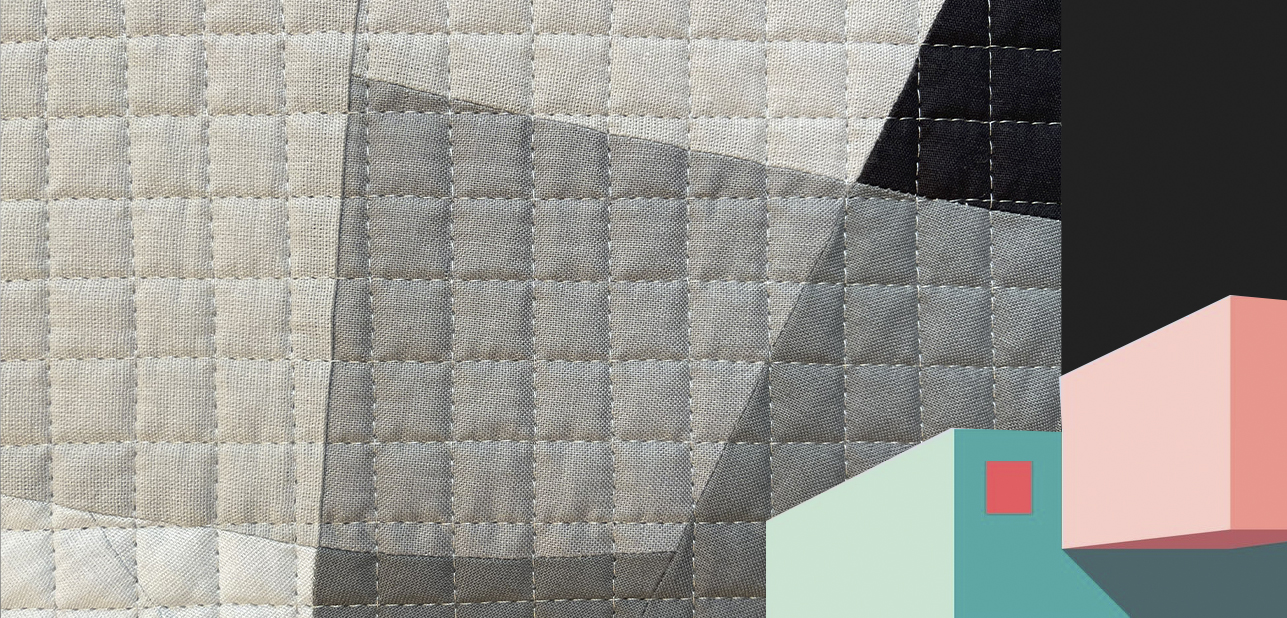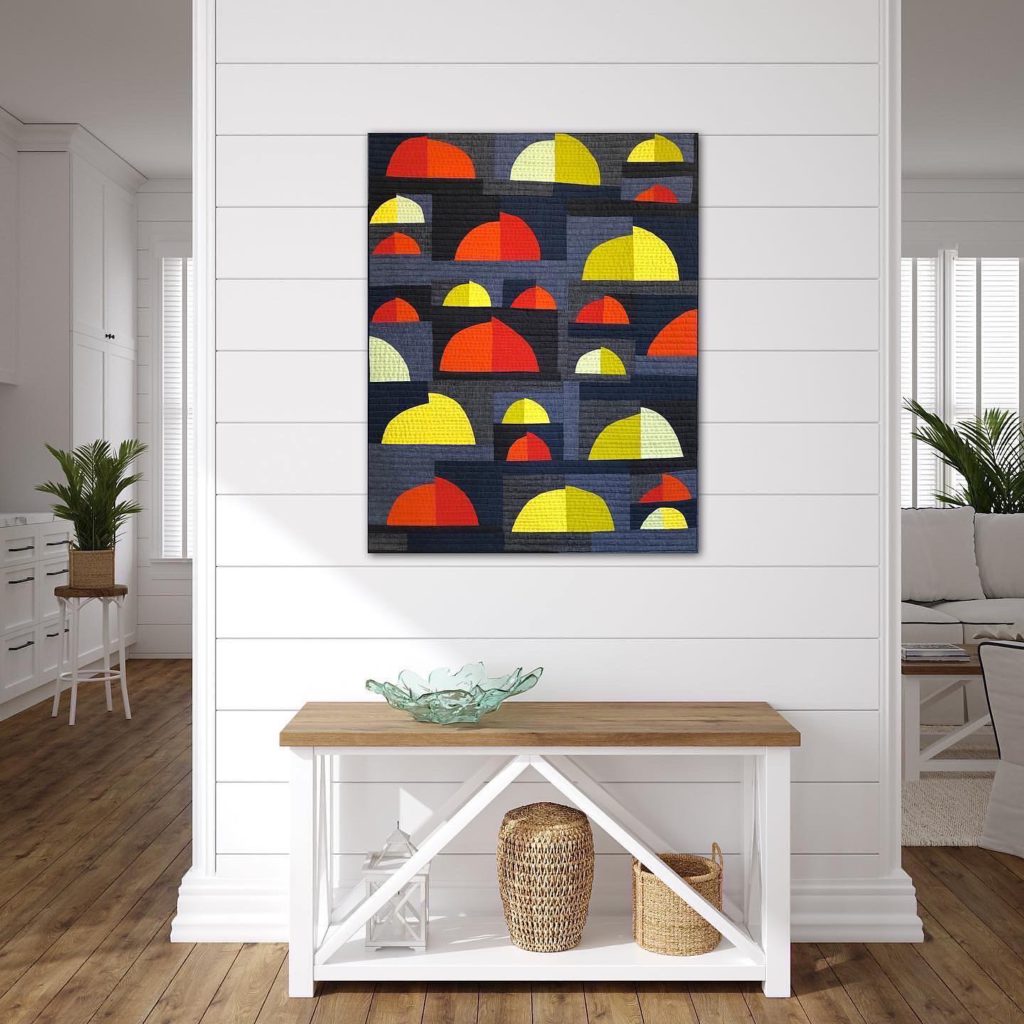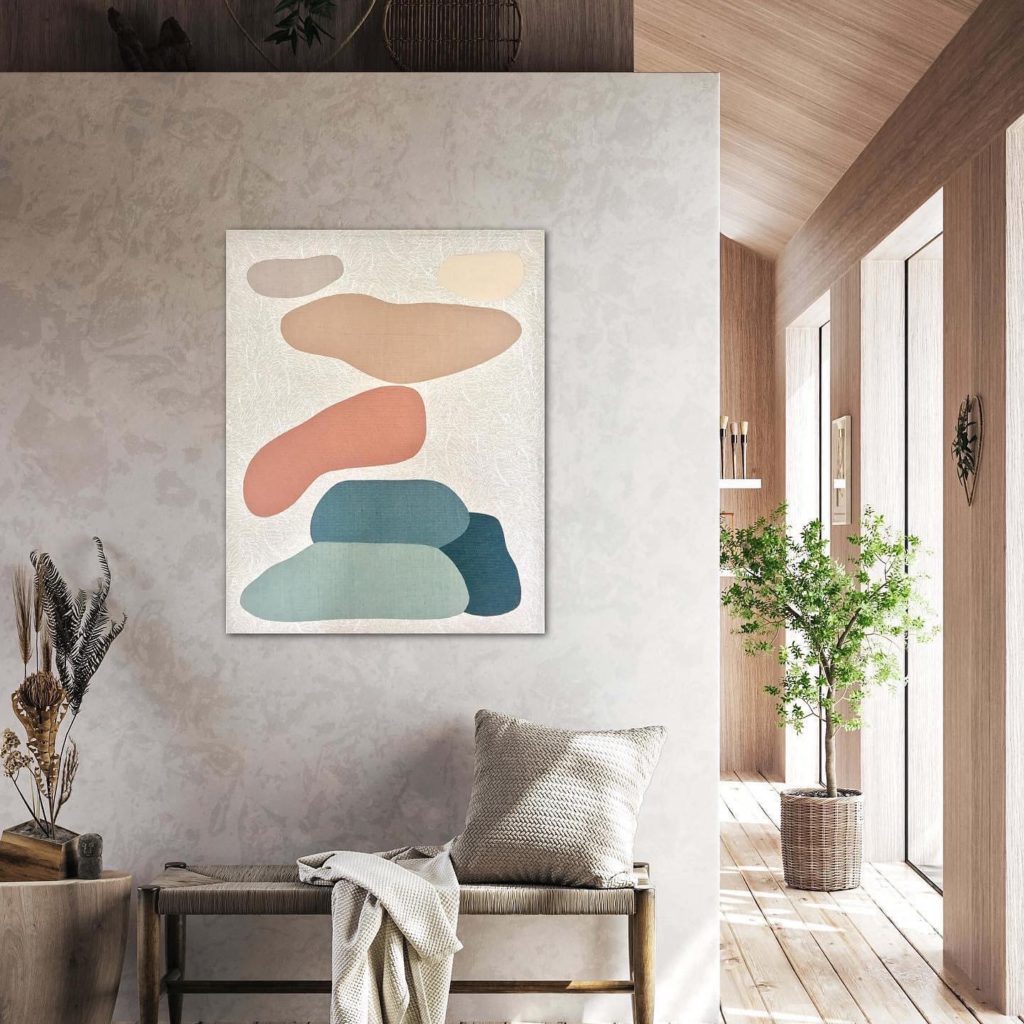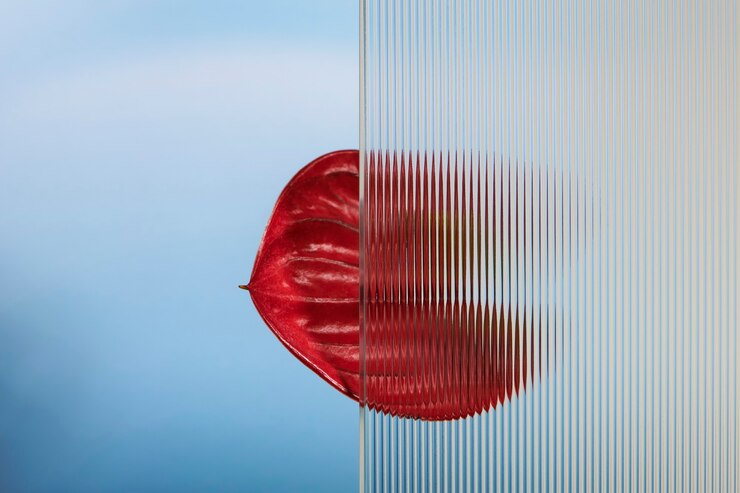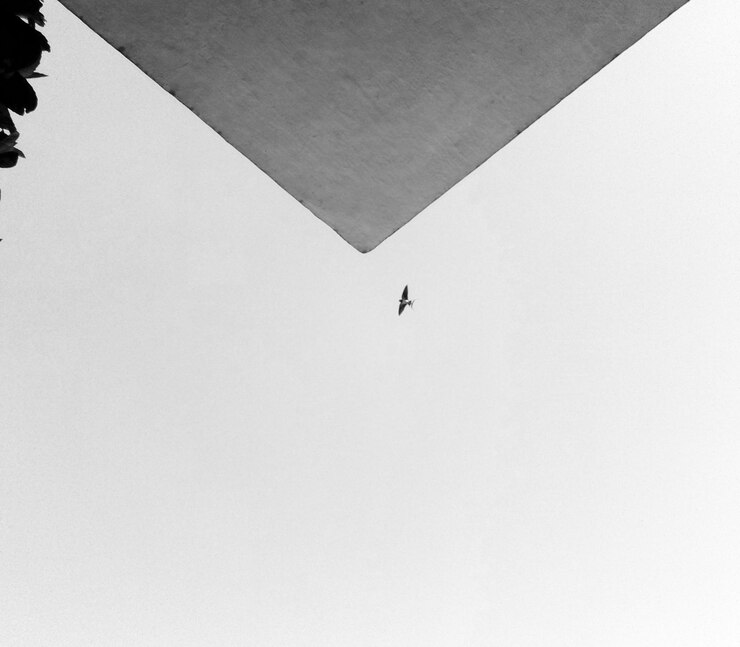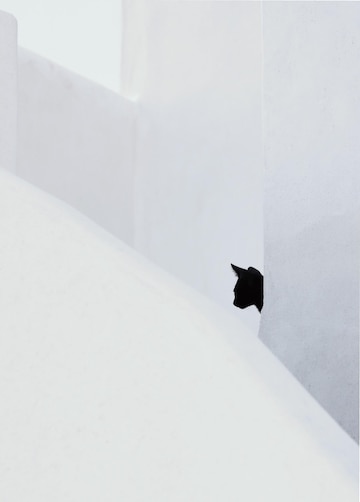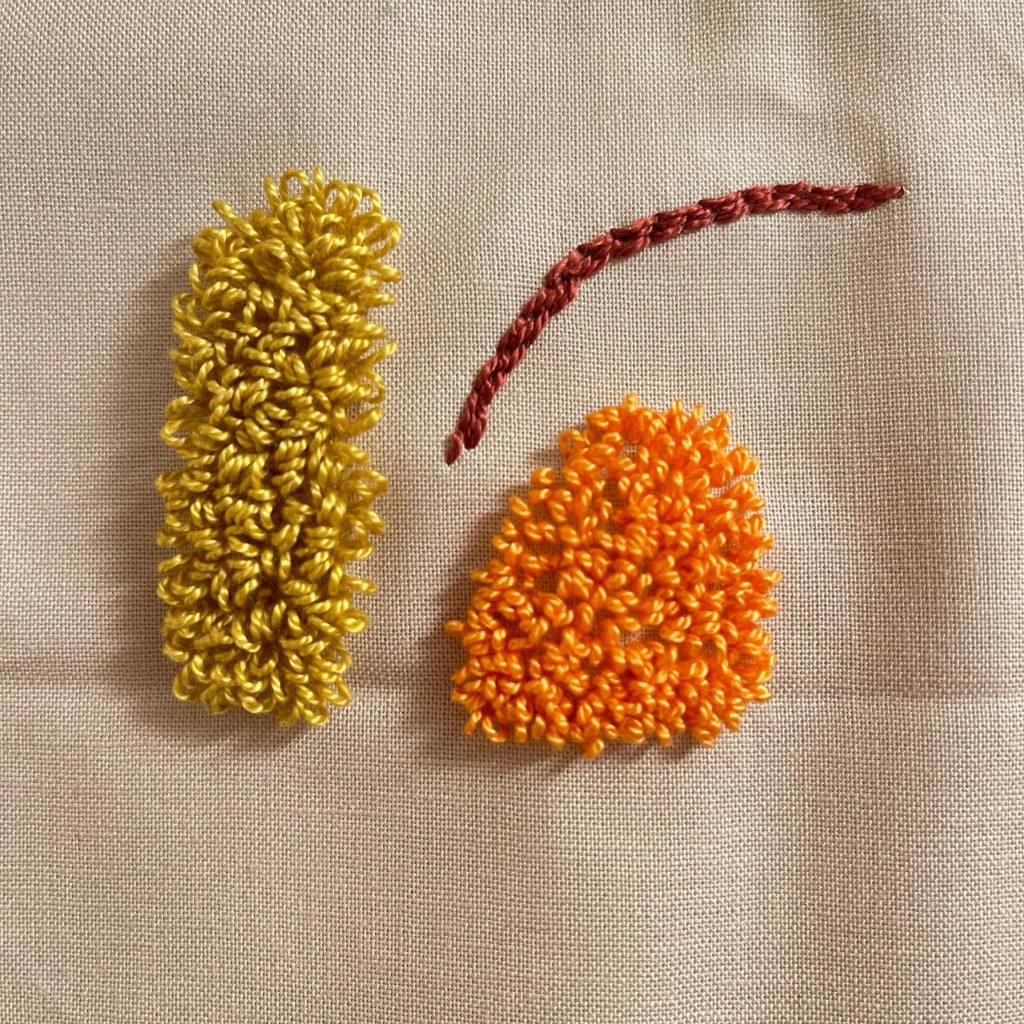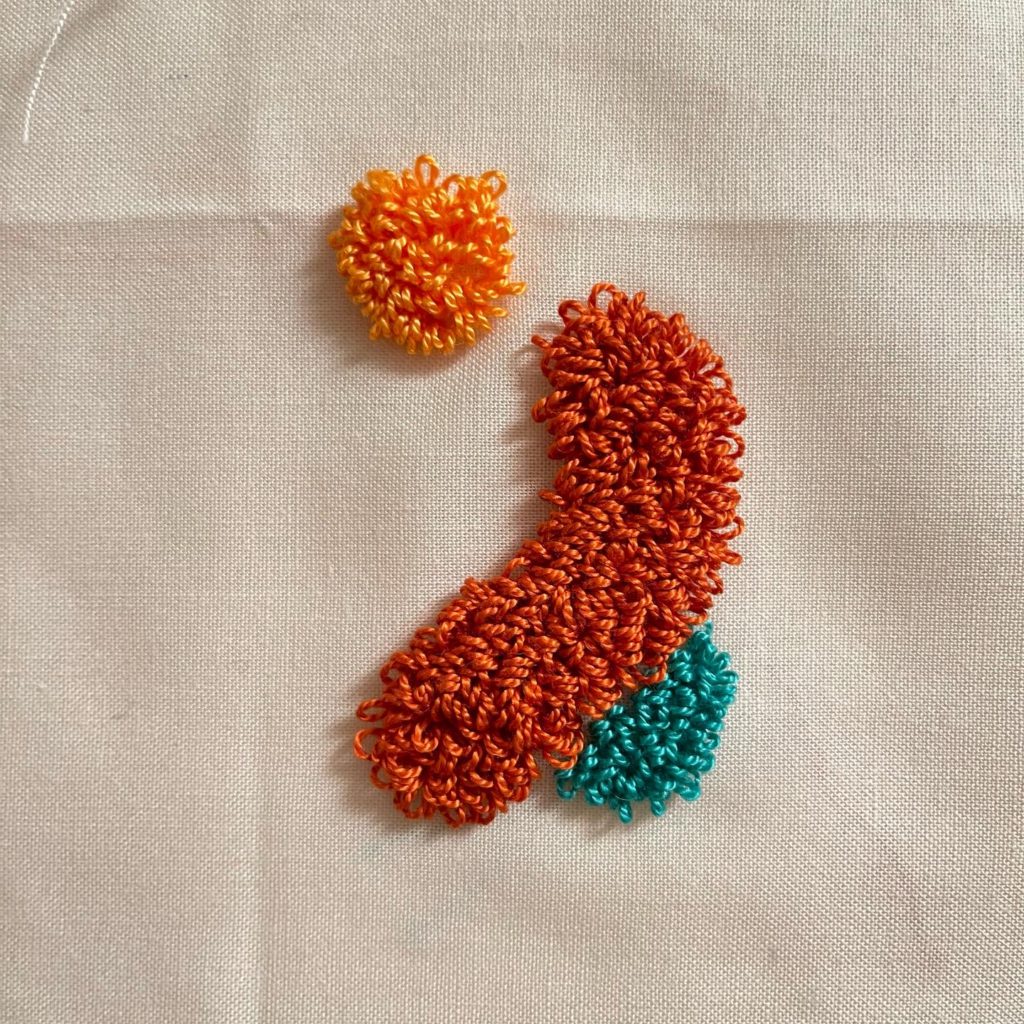In the world of quilting, there is a design element that often goes overlooked, but has the power to transform a quilt into a visually striking work of art. This element is negative space, a key component of minimalism in quilting. While many quilters focus on intricate patterns and bold colors, embracing negative space can elevate a quilt to a whole new level. In this blog post, we will explore the concept of minimalism in quilting and how incorporating negative space can create stunning and contemporary quilt designs.
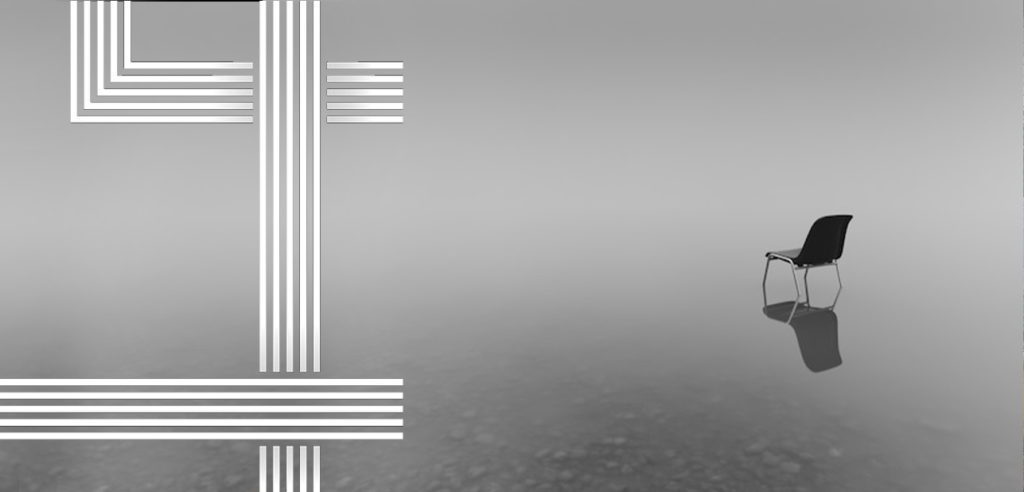
The Power of Negative Space in Quilt Design
When it comes to quilt design, negative space holds an incredible power. Often overlooked, it can completely transform a quilt, taking it from ordinary to extraordinary. Negative space refers to the empty or unoccupied areas within a quilt, and when used strategically, it can create a visually striking effect.
By incorporating negative space into quilt designs, quilters can embrace minimalism, a growing trend in the quilting world. Minimalism focuses on simplicity and clean lines, allowing the negative space to take center stage. This approach can result in quilts that exude a contemporary and modern aesthetic.
One of the key aspects of utilizing negative space effectively is finding the right balance between positive and negative space. This involves creating a harmonious relationship between the elements in the quilt, ensuring that neither overwhelms the other. The negative space can be used to enhance and showcase the positive space, highlighting intricate patterns or bold colors.
Incorporating negative space also allows for experimentation with shapes and colors. Quilters can play with different shapes within the negative space, creating interest and depth. Additionally, the choice of colors can greatly impact the overall design, with contrasting or complementary hues enhancing the visual impact.
In the next sections, we will explore inspirational examples of negative space quilts, as well as techniques for incorporating negative space effectively into quilt designs. Together, we will delve into the exciting world of negative space in quilting and discover its potential to create truly striking and contemporary quilt designs.
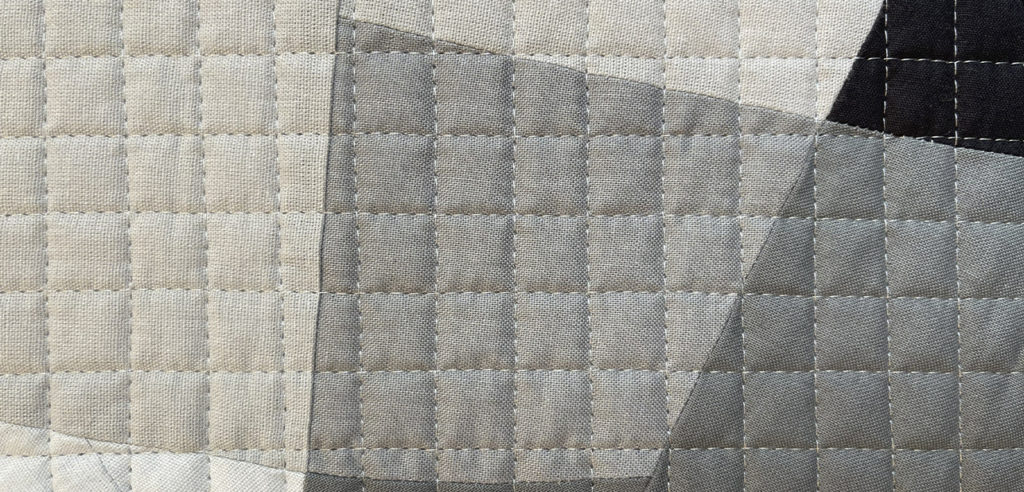
Balancing Positive and Negative Space in Quilts
When it comes to creating visually captivating quilt designs, finding the right balance between positive and negative space is crucial. Balancing positive and negative space involves carefully considering the placement and proportion of both elements in the quilt.
Positive space refers to the areas of the quilt that are filled with fabric, patterns, or colors, while negative space refers to the empty or unoccupied areas. The key is to create a harmonious relationship between the two, where neither overwhelms the other.
Finding this balance allows the negative space to enhance and showcase the positive space, resulting in a visually striking composition. For example, if a quilt has a bold and intricate pattern in the positive space, incorporating a larger amount of negative space can create a dramatic contrast and draw attention to the pattern.
Experimentation is key to finding the right balance. By trying out different proportions of positive and negative space, quilters can discover the ideal combination that creates the desired impact. It is a process of trial and error, allowing for creativity and artistic expression.
Overall, balancing positive and negative space is a fundamental skill in quilt design. By achieving this balance, quilters can create visually captivating and aesthetically pleasing quilts that showcase the beauty of both elements.
Experimenting with Shapes and Colors
Experimenting with shapes and colors is an exciting aspect of incorporating negative space into quilt designs. When it comes to quilting, the possibilities are endless, and this applies to the shapes within the negative space as well. Quilters can play with geometric shapes, such as squares, triangles, and circles, to add interest and depth to their designs. By strategically placing these shapes within the negative space, quilters can create eye-catching focal points and create a sense of movement in their quilts.
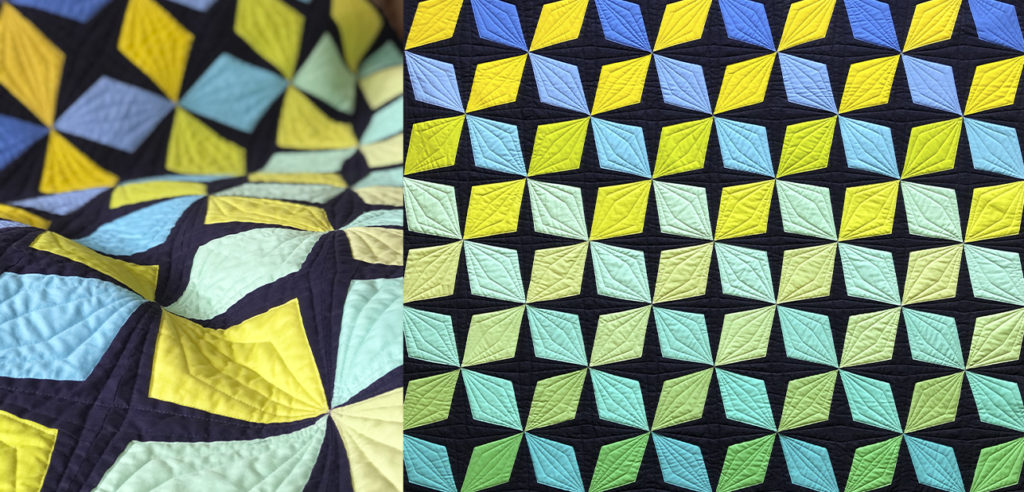
Colors also play a vital role in the overall impact of a quilt design. Quilters can experiment with contrasting colors to make the positive and negative spaces stand out and create a dynamic visual effect. For example, using a bold, vibrant color in the positive space against a neutral or muted color in the negative space can create a striking contrast that immediately draws the eye.
Additionally, quilters can also play with complementary colors within the negative space to create harmony and balance in their designs. By choosing colors that are opposite on the color wheel, quilters can create a pleasing and visually appealing composition.
The key is to have fun and experiment with different shapes and colors within the negative space. There are no rules or limits when it comes to creating quilt designs, so let your creativity soar and discover the endless possibilities that negative space offers.
Techniques for Incorporating Negative Space
Incorporating negative space into quilt designs is an exciting and creative process. There are several techniques that quilters can use to effectively incorporate negative space and elevate their quilt designs.
One technique is to create borders of negative space around the positive space in the quilt. By surrounding the focal point or main design with negative space, quilters can draw attention to the central element and create a sense of balance and harmony.
Another technique is to use negative space to create movement and flow within the quilt. Quilters can experiment with incorporating diagonal lines or curved shapes in the negative space, which can create a sense of motion and add visual interest to the overall design.
Additionally, using negative space as a background for appliqué or embroidery can create a stunning effect. By allowing the intricate details of the appliqué or embroidery to stand out against the empty space, quilters can create a visually striking composition.
Finally, experimenting with the scale and proportion of negative space is key. By varying the size and placement of negative space within the quilt, quilters can create different visual effects and emphasize different elements of the design.
Incorporating negative space into quilt designs opens up a world of creative possibilities. By utilizing these techniques, quilters can create visually captivating and contemporary quilt designs that truly stand out.
Negative Space: The Future of Quilt Design?
As we’ve explored the concept of negative space in quilting and witnessed its transformative power, it’s clear that this element has the potential to shape the future of quilt design. In a world that is constantly evolving, embracing minimalism and incorporating negative space into quilts allows us to stay ahead of the curve and create designs that are contemporary, striking, and visually captivating.
Negative space provides a blank canvas for artistic expression, offering endless possibilities for experimentation and innovation. By playing with shapes, colors, and proportions within the negative space, quilters can push the boundaries of traditional quilt design and create truly unique and one-of-a-kind pieces.
Moreover, negative space quilts have a timeless quality that can withstand changing trends and fads. The simplicity and clean lines of minimalistic designs ensure that they will remain relevant and visually appealing for years to come.
Incorporating negative space into quilt designs not only showcases our artistic abilities but also allows us to challenge ourselves and grow as quilters. By embracing the potential of negative space, we can unlock new dimensions in our quilt designs and shape the future of quilting as a whole. So, let’s continue to embrace minimalism, experiment with negative space, and pave the way for a future where quilts are true works of art.


